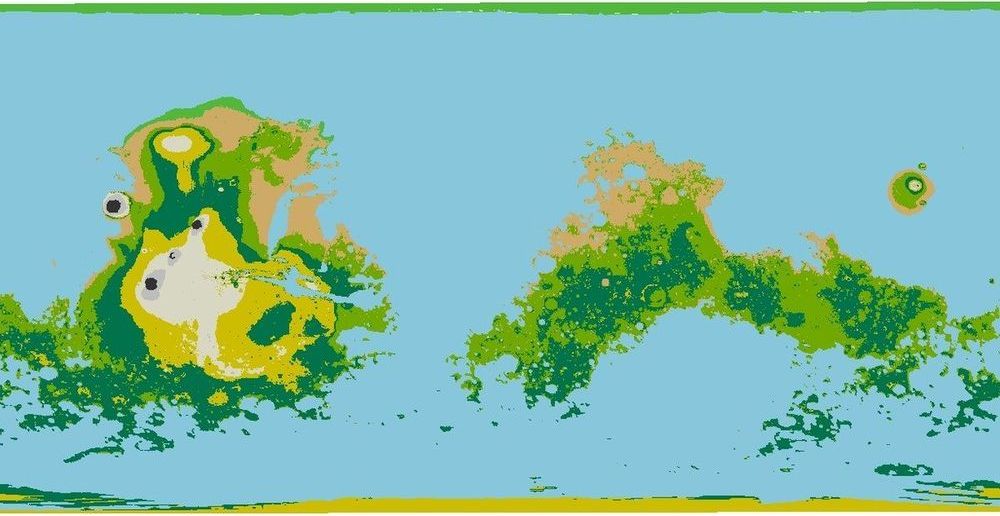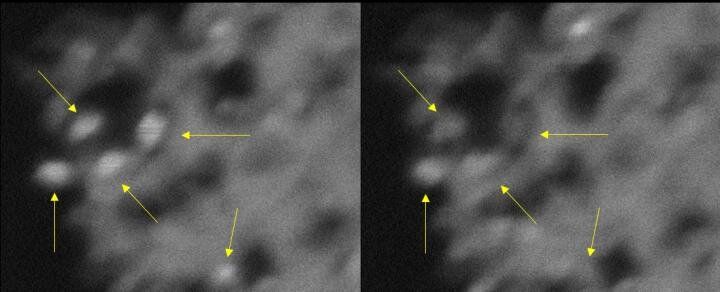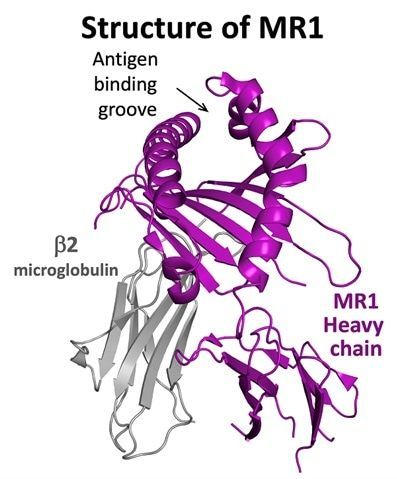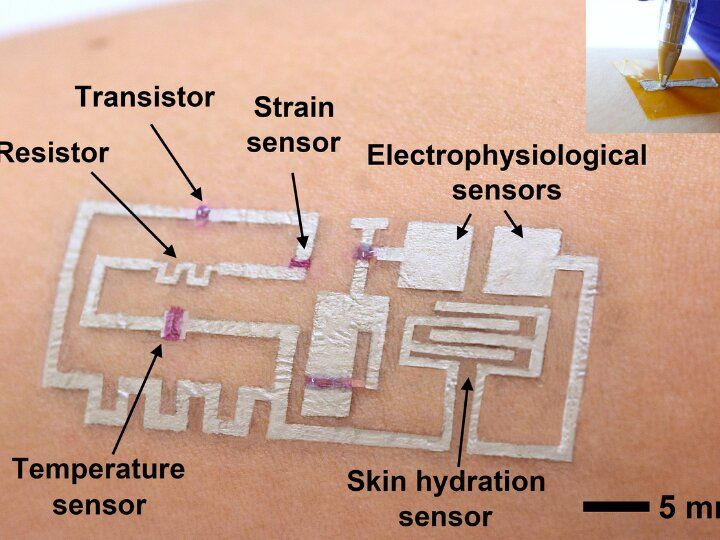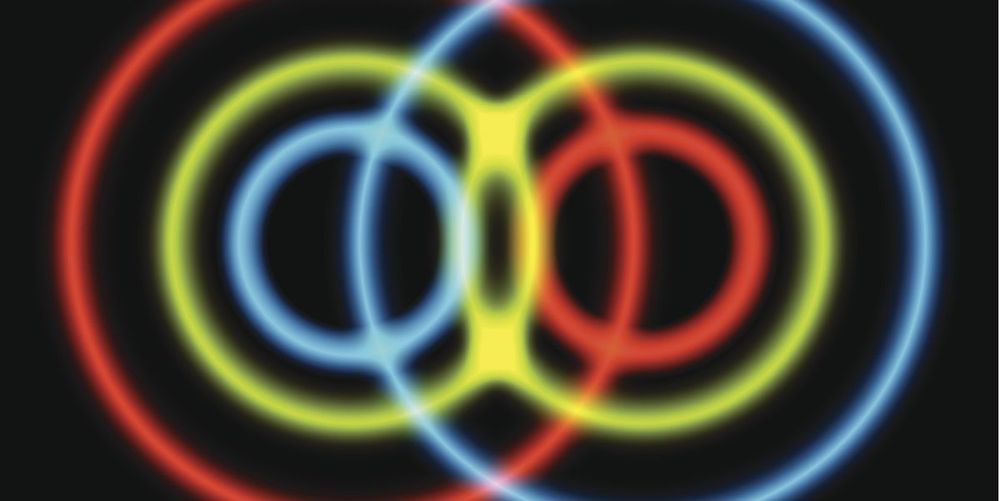Aug 11, 2020
Time-reversal of an unknown quantum state
Posted by Shailesh Prasad in categories: computing, engineering, information science, mathematics, quantum physics
Physicists have long sought to understand the irreversibility of the surrounding world and have credited its emergence to the time-symmetric, fundamental laws of physics. According to quantum mechanics, the final irreversibility of conceptual time reversal requires extremely intricate and implausible scenarios that are unlikely to spontaneously occur in nature. Physicists had previously shown that while time-reversibility is exponentially improbable in a natural environment—it is possible to design an algorithm to artificially reverse a time arrow to a known or given state within an IBM quantum computer. However, this version of the reversed arrow-of-time only embraced a known quantum state and is therefore compared to the quantum version of pressing rewind on a video to “reverse the flow of time.”
In a new report now published in Communications Physics, Physicists A.V. Lebedev and V.M. Vinokur and colleagues in materials, physics and advanced engineering in the U.S. and Russia, built on their previous work to develop a technical method to reverse the temporal evolution of an arbitrary unknown quantum state. The technical work will open new routes for general universal algorithms to send the temporal evolution of an arbitrary system backward in time. This work only outlined the mathematical process of time reversal without experimental implementations.


